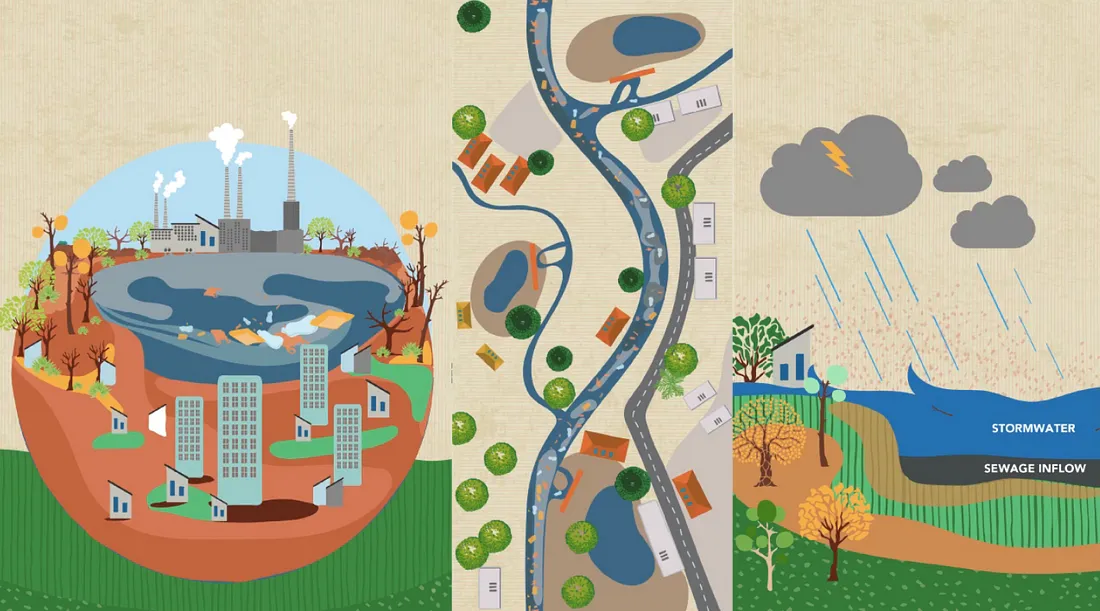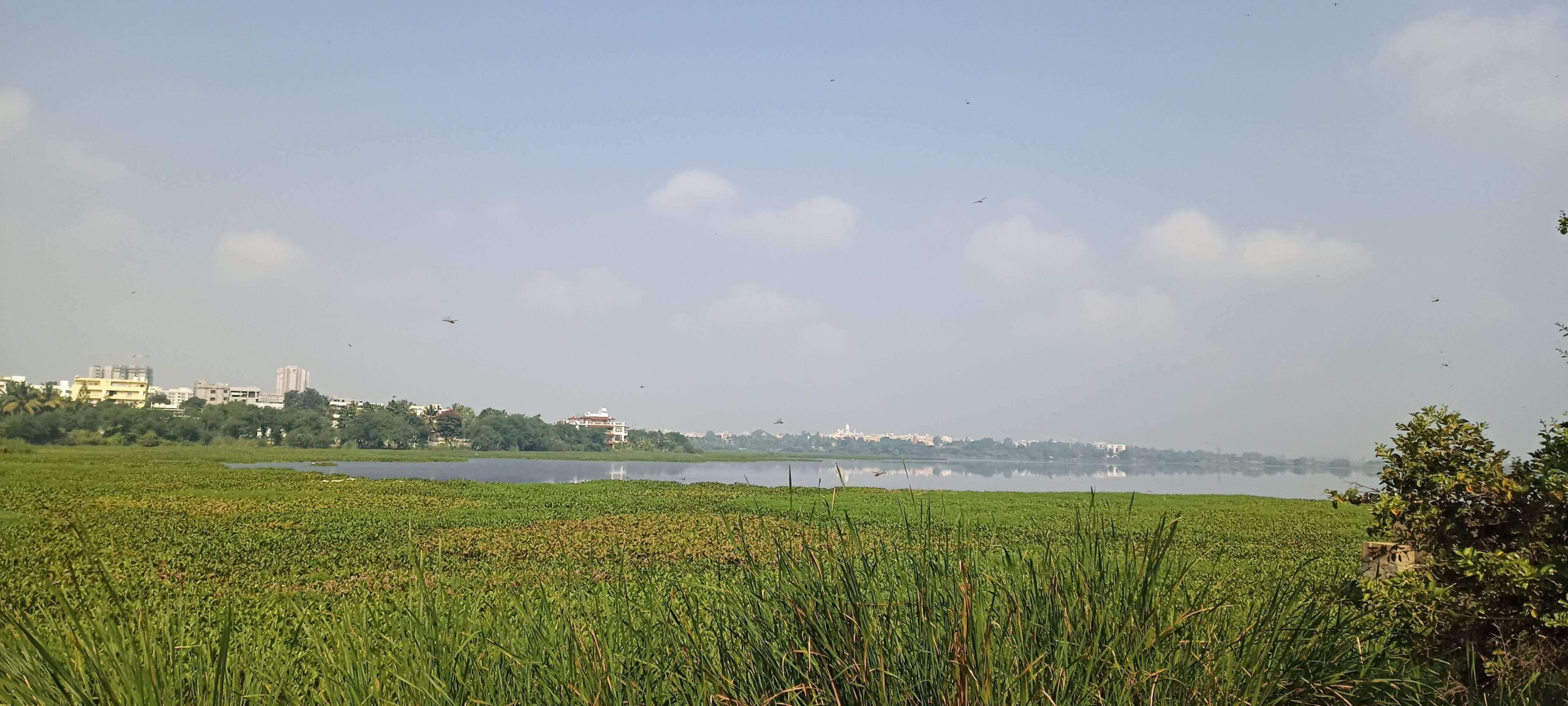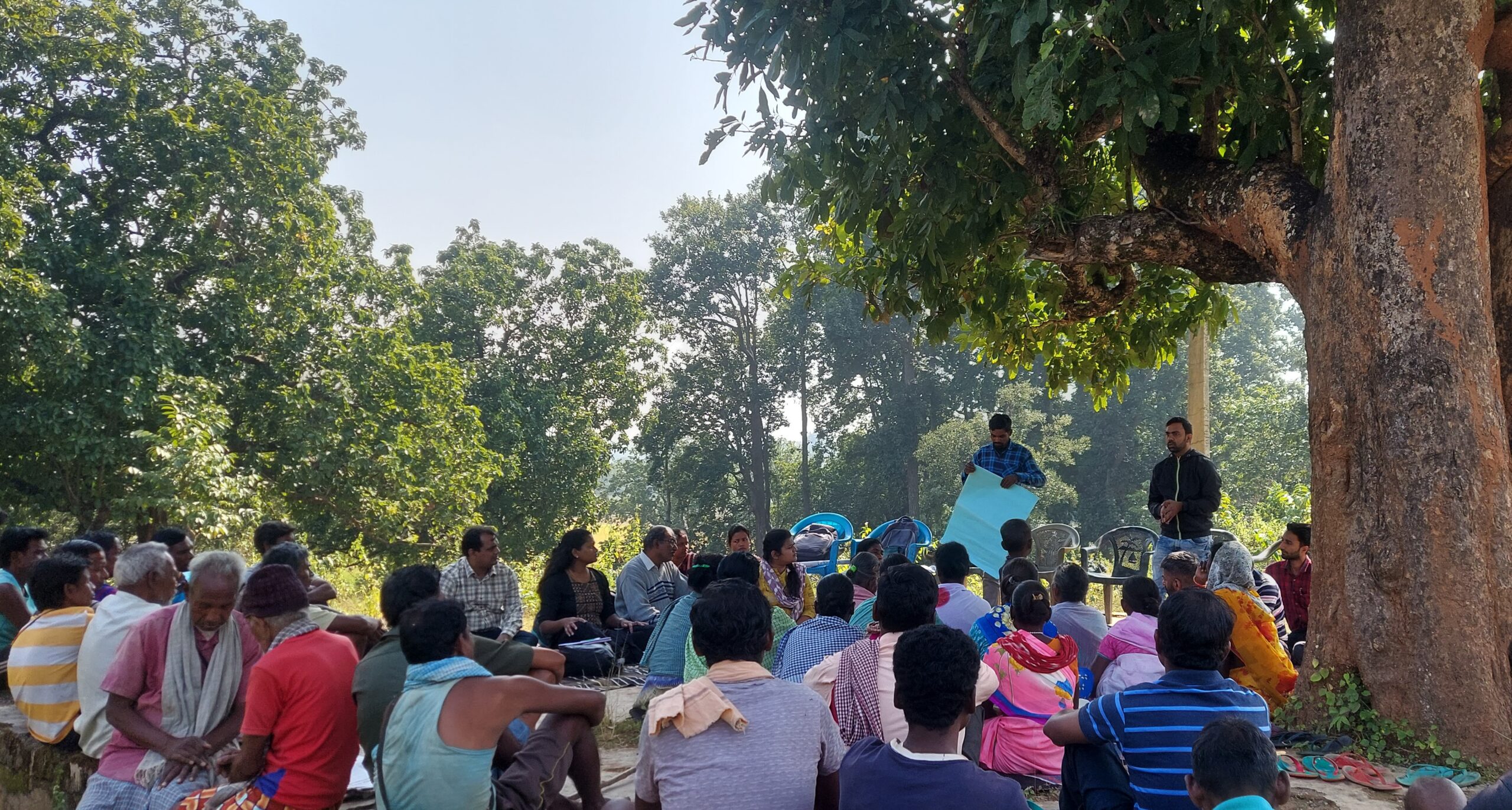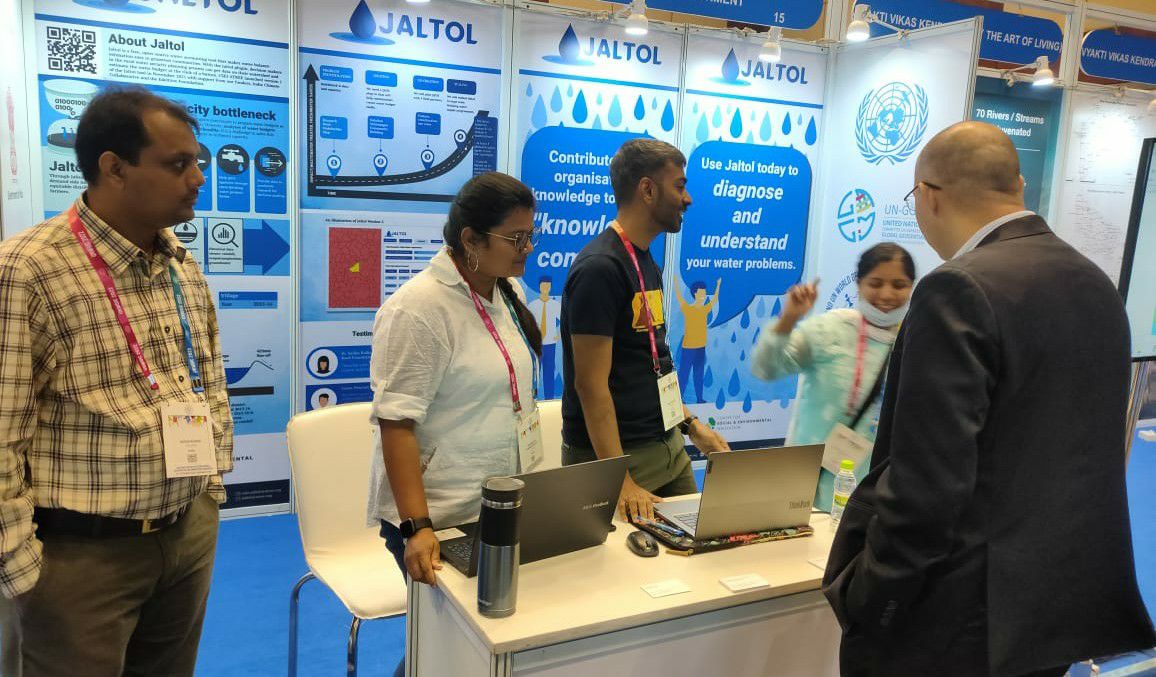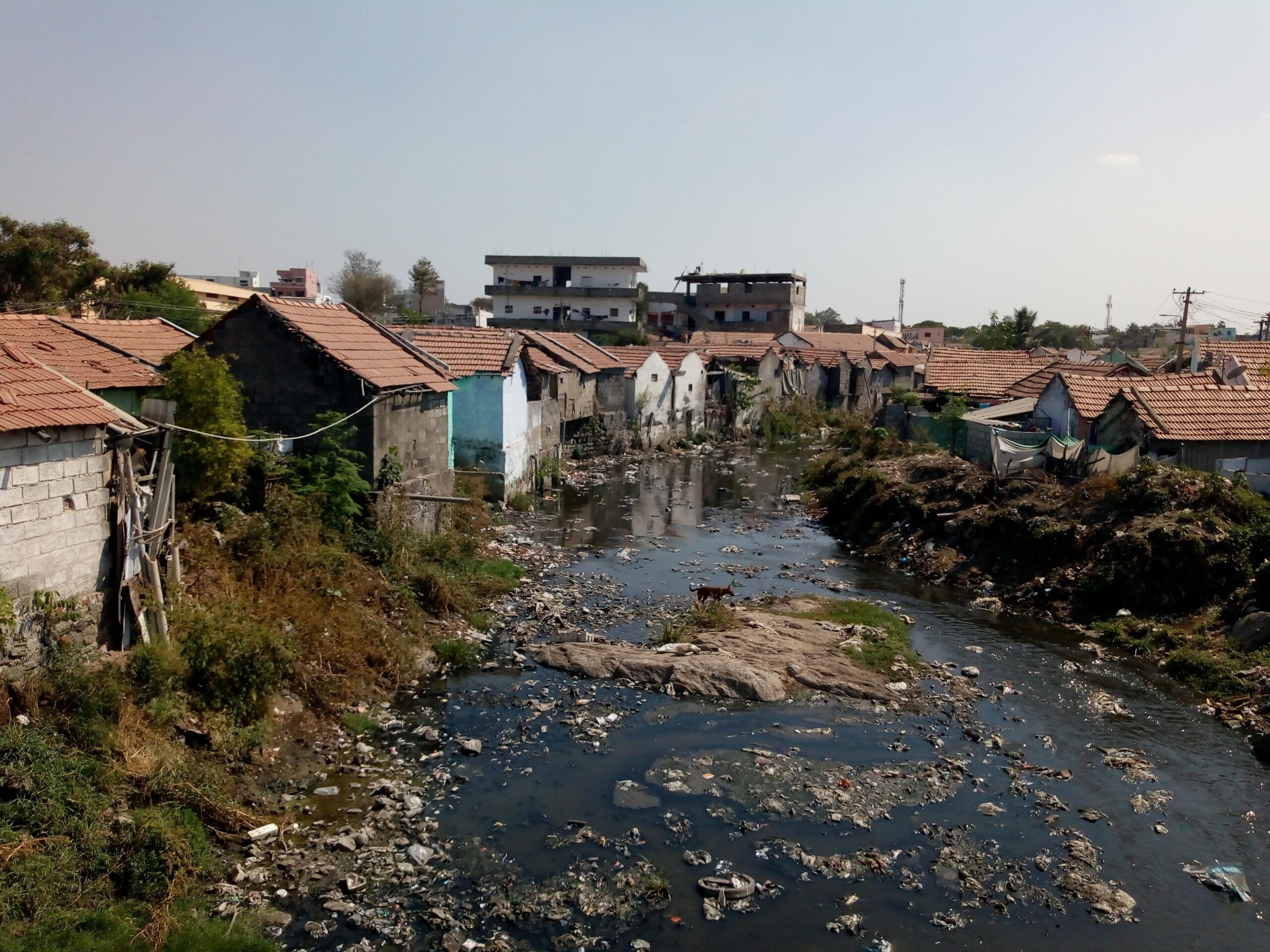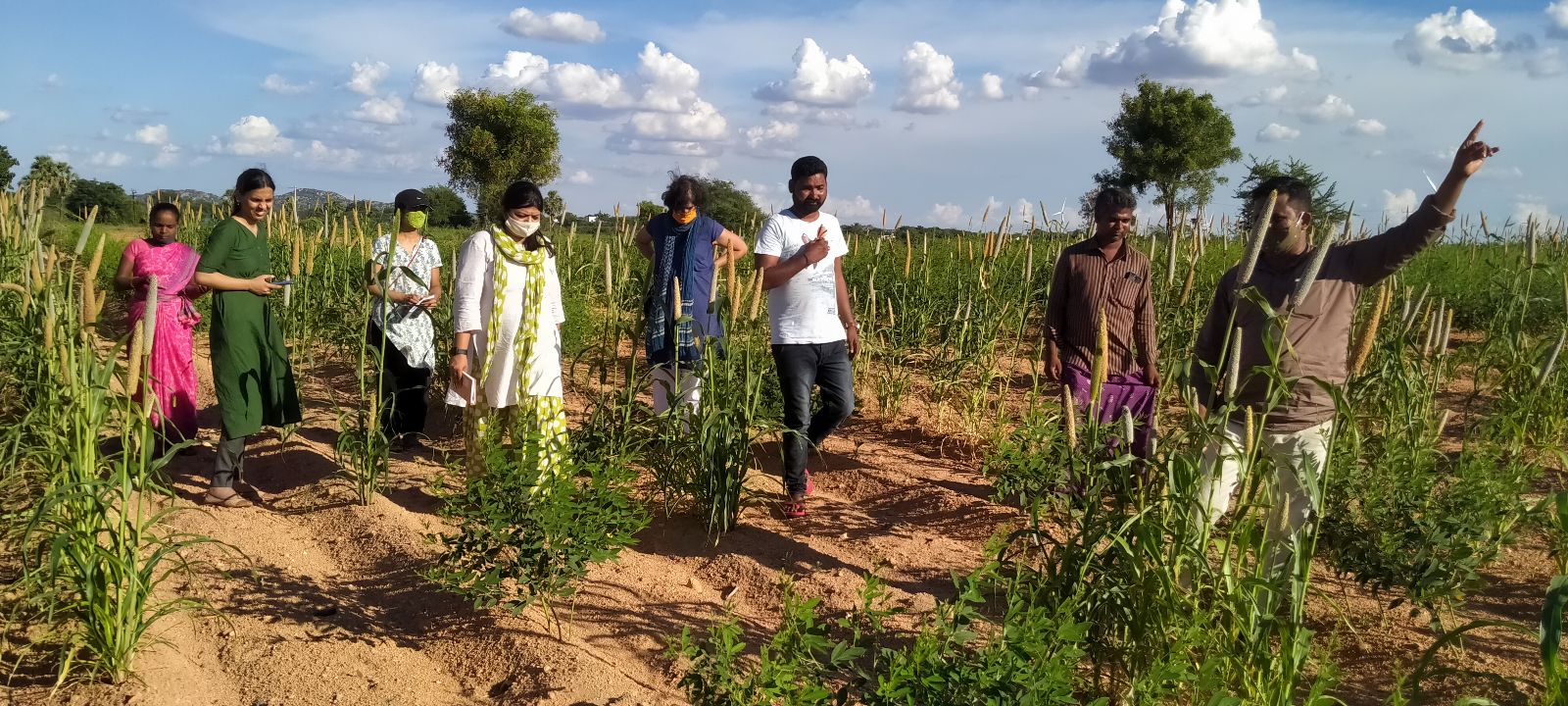Understanding Wastewater Reuse: 5 Learnings from the IWA International Conference
We participated in the International Water Association’s 13th international conference held in Chennai in January. The theme of this year’s event was ‘Water Reuse: Overcoming the Challenges of Growth and Climate Change’. The theme is closely aligned with the initiative’s objectives of scaling up wastewater treatment and reuse to reduce vulnerability in urban areas to water scarcity.
Hosted by the Federation of Indian Chambers of Commerce & Industry (FICCI), the conference brought together experts from around the world from diverse backgrounds and research experience. Through multiple sessions held over five days, they discussed a wide range of issues related to water reclamation and reuse. The discussions were rooted in three key aspects of water reuse adoption, water reuse implementation and the removal of water reuse bottlenecks.
We presented a poster on wastewater reuse in construction. In addition to attending some of these sessions and meeting with practitioners involved in this sector, we also had the opportunity to present our poster titled ‘Reimagining operational water for construction in Bengaluru’. Given that the construction industry consumes large quantities of water, we have been working to understand water usage by this sector — what activities take up the most water, where water is usually sourced from, how much it costs to transport treated wastewater to the site or to pump through borewells.
Our key findings were highlighted in our poster showcased at the event, which sparked conversations with different experts and honed our own understanding and possible ways forward.
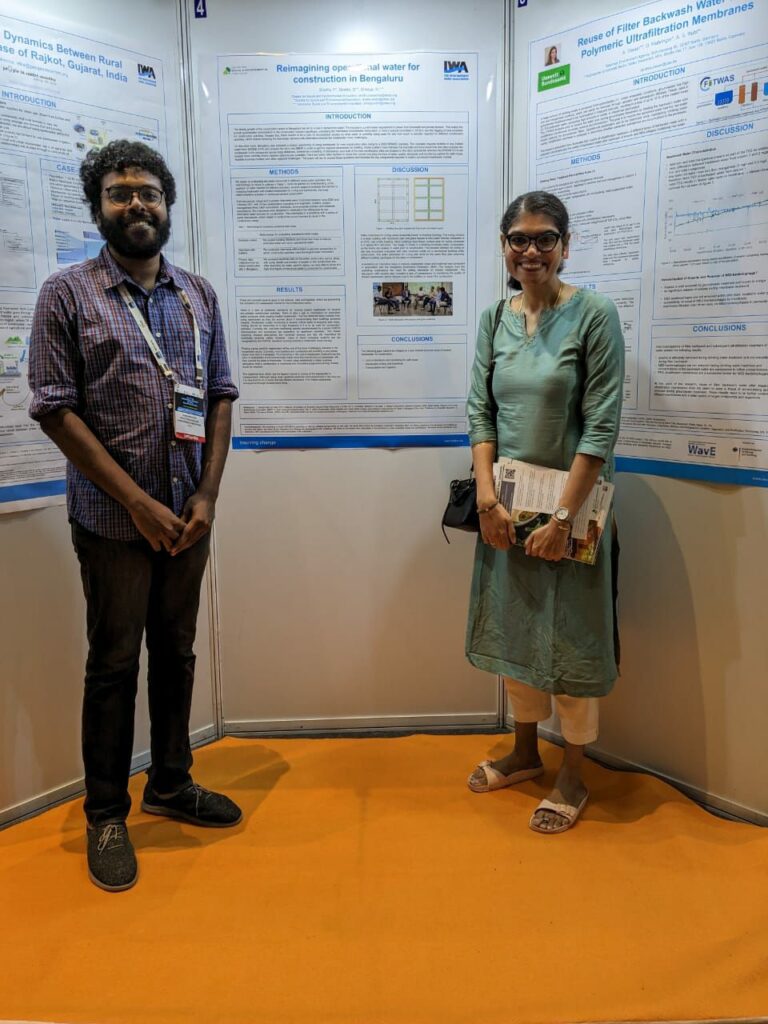
There is a need for a programmatic waste-to-resource approach in the water sector.
One of many speakers at the event was Johann Lubbe from the Development Bank of Southern Africa. He spoke about how South Africa is projected to face a 17% water deficit by 2030. He explained how this prompted the country to adopt a framework that looks at water reuse as an opportunity. Projects such as the Water Reuse Programme (WRP) and Strategic Water Partners Network are some of the examples he mentioned. These programmes aim to assist local municipalities in scaling their water reuse projects, right from concept to a bankable stage. They do so through project preparation assistance as well as blended finance solutions directed towards water reuse.
There is a need for a paradigm shift in how we perceive the value of wastewater.
Wastewater treatment plants should be considered integral to the growth of cities given the widespread nature of water scarcity in a warming world; it is not a problem confined to arid zones. Juliane Bräcker from the University of Duisburg-Essen pointed out that even in countries perceived to be water rich, the number of water reuse projects is increasing. In Germany, for example, there has been a change in perception of wastewater as an alternative water resource only after the dry summers of 2018–2020.
Johann Lubbe stressed that sewage treatment plants (STPs) should be renamed as water resource facilities or water recovery facilities.
An example of a project in India is the Namami Gange project, a flagship initiative of the Government of India to promote water reuse in the Ganga Basin. The mission till date has sanctioned 159 sewerage infrastructure projects worth Rs. 24,223 crores to create a treatment capacity of 4,930 million litres per day (MLD).
Multi-agency collaboration is the key to success of water reuse initiatives
Water and wastewater agencies can ensure safe and abundant supply of treated water if they work together. However, this kind of cooperation is challenged by numerous institutional constraints. Ambiguous regulations and unclear allocation of responsibilities and costs among many separate entities are a few of them.
The United States Environmental Protection Agency’s (USEPA) National Water Reuse Action Plan includes an initiative specifically designed to identify the challenges, opportunities and models for interagency collaboration. A variety of legal frameworks are available to help agencies collaborate effectively, said Eric Rosenblum. Mr Rosenblum is an environmental engineer based in California affiliated to WateReuse, an organisation working to advance policy, funding, and public acceptance of recycled water. He also noted that agencies that manage water and sewage boards are very old establishments that are struggling to solve these new problems without adequately upgrading themselves.
Communication is also key to the operation of joint facilities. In concert with wastewater and groundwater utilities, large southern California water agencies are now designing facilities capable of reusing more than 1,100 MLD. In doing so, they are demonstrating how agencies can create substantially larger projects through strategic collaboration.
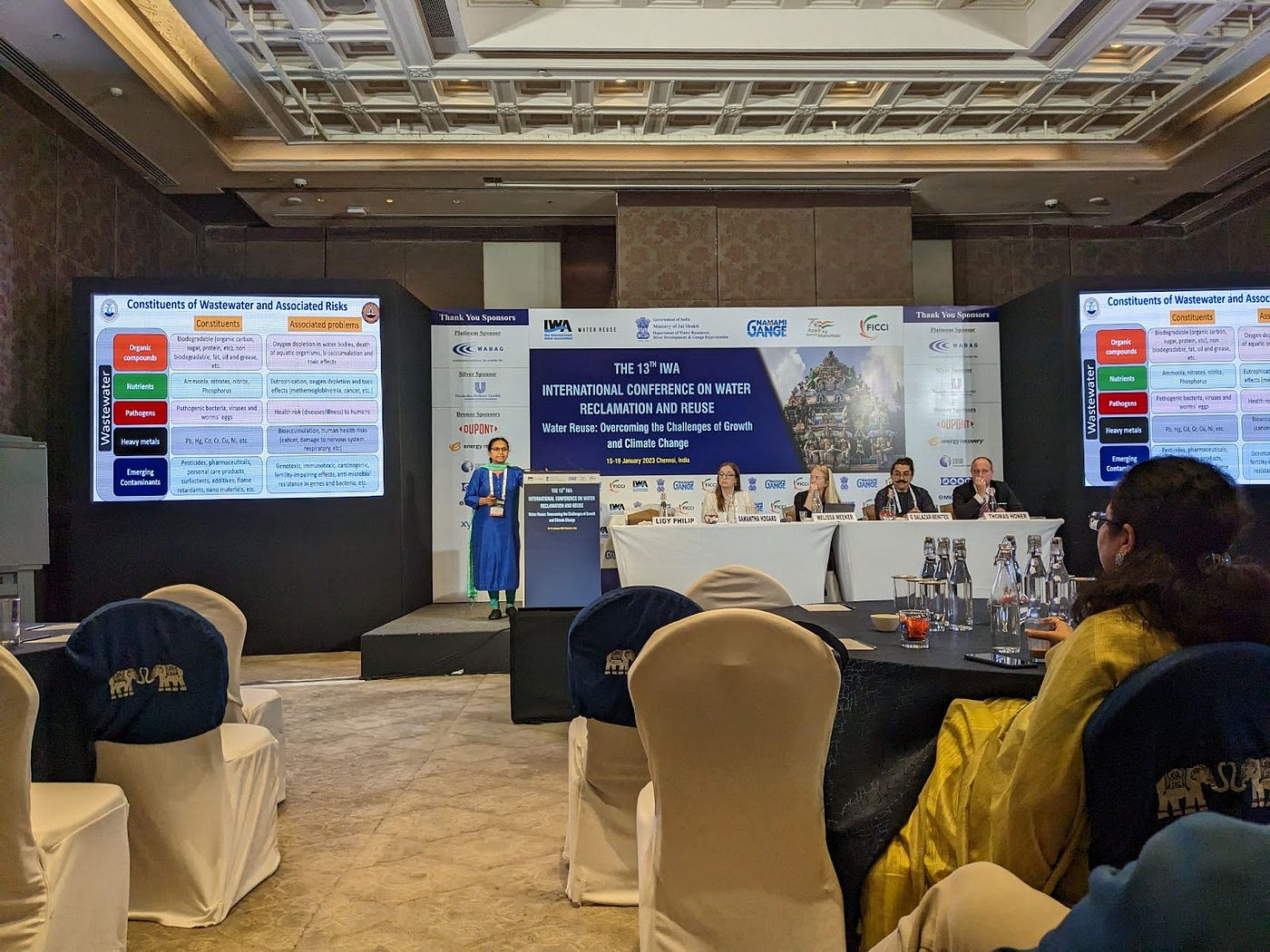
There is a lack of a universal framework for validating pathogen reduction in treated water for reuse.
Many countries are looking at treated water as a reliable source of water. However, the quality of most water bodies in developing countries is poor due to the indiscriminate discharge of untreated or partially treated wastewater. In India, the Central Pollution Control Board (CPCB) has developed a concept of ‘designated best use’. This spells out criteria for five different classes of water bodies based on quality. However, in municipal wastewater, apart from conventional pollutants like organics, suspended solids, oil and grease, and microbes, many other emerging pollutants like pharmaceutical products are also present.
To use treated wastewater as potable water, it is important to consider the changing nature of pollutants. While there are international standards prescribed by the European Union and World Health Organisation (WHO), it may not be economically viable for countries to adhere to them. It is therefore essential for countries to audit every water quality parameter while framing standards. It is also crucial for them to install a framework that considers technical, economic, environmental and societal aspects of water reuse. Better quality of treated water as a result of compliance to more stringent wastewater standards can also help set up successful business models.
State of the art technologies available for high quality treated wastewater and for risk management
The consumption of pharmaceutical and personal care products has resulted in the discharge of several toxic metabolites into the water bodies. Most treatment technologies are currently unable to remove such micropollutants as well as pesticides and nutrients such as nitrates and phosphates. This is directly impacting the uptake of reused water in many countries.
But this is changing. Several high-end technologies are available in the market now to treat wastewater to a very high quality. However, these technologies need expert resources on the ground to operate and are expensive and energy intensive. Wastewater treatment also has to be contextualised to suit local needs.
There are also pilots underway to test the efficiency of a more sustainable process to remove chemicals in wastewater. A team under the supervision of Prof. Ligy Philip, Indian Institute of Technology Madras, piloted a hybrid flow constructed wetland (HYCW). The hybrid system was efficient in eliminating the micro-pollutants along with organics, nutrients and pathogens. The treated water was fit to be effectively reused for non-potable purposes.
The conference also featured technical tours to the industrial water reclamation plant in Koyambedu and the indirect potable reuse pilot facility in Nesapakkam. We will document our learnings from this site visit in a separate blog post.
Credits
The authors conducted this work when they were with the Centre for Social and Environmental Innovation at the Ashoka Trust for Research in Ecology and the Environment (CSEI-ATREE). WELL Labs is now taking it forward in collaboration with ATREE.
Edited by Kaavya Kumar
If you would like to collaborate with us outside of this project or position, write to us. We would love to hear from you.
Follow us and stay updated about our work:

